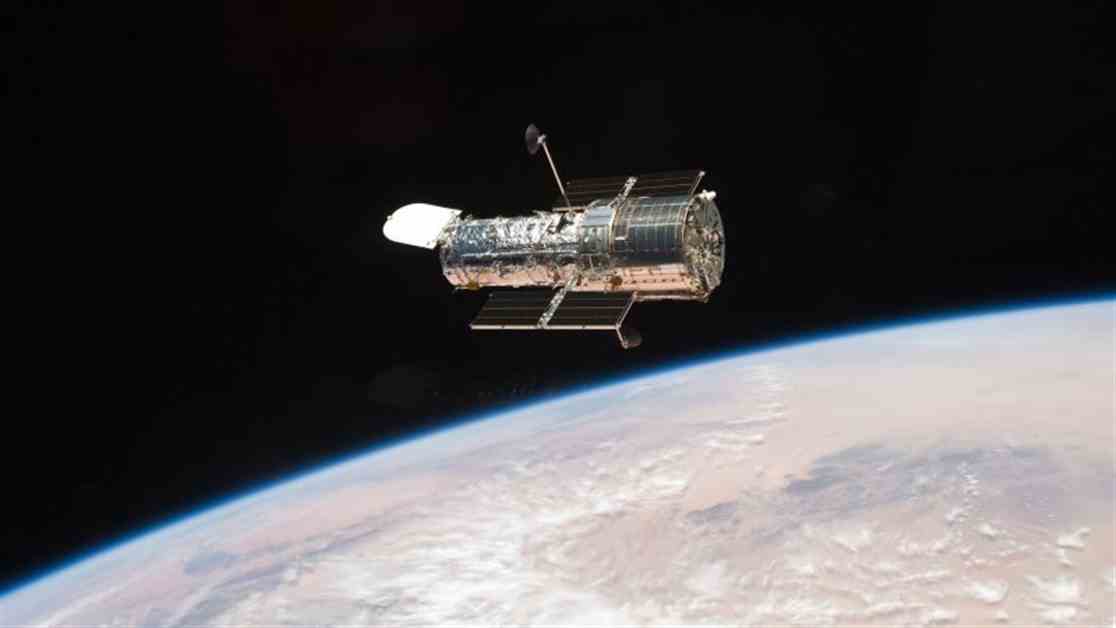The storied Hubble telescope has gone into ‘safe mode.’ Here’s NASA’s plan to keep it alive
NASA officials have announced a new plan to keep the iconic Hubble Space Telescope operational after it recently entered “safe mode.” The telescope, known for its breathtaking images of the cosmos over the past 34 years, has traditionally used six gyroscopes to control its movements. However, with some gyroscopes failing over time, the telescope has now transitioned to a one-gyro mode to continue its observations.
One of the three remaining gyroscopes on the Hubble telescope has been returning faulty readings, causing it to enter safe mode multiple times in the past six months. Despite temporary fixes from the ground, the telescope remains in safe mode since its most recent incident on May 24. NASA’s plan involves operating the telescope with a single gyro while keeping the second gyro in reserve for future use.
While this new mode may reduce the telescope’s efficiency and flexibility, NASA believes it is the best approach to support Hubble science for the coming decade. The agency has also considered commercial partners to potentially boost Hubble to a higher orbit for more operational time, but no plans for a “reboost” are in motion currently.
Despite these challenges, NASA remains optimistic about Hubble’s future, expecting it to continue operating well into the mid-2030s. The telescope’s observations will complement those of the James Webb Space Telescope and other future observatories, ensuring that Hubble remains a valuable asset for astronomical research.
The team behind the Hubble telescope is working to reconfigure both the telescope itself and the ground systems to restore it to routine observations by mid-June. While the telescope may face limitations in tracking moving objects and efficiency, NASA is confident in its ability to keep Hubble operational and continue its mission of exploring the universe.









